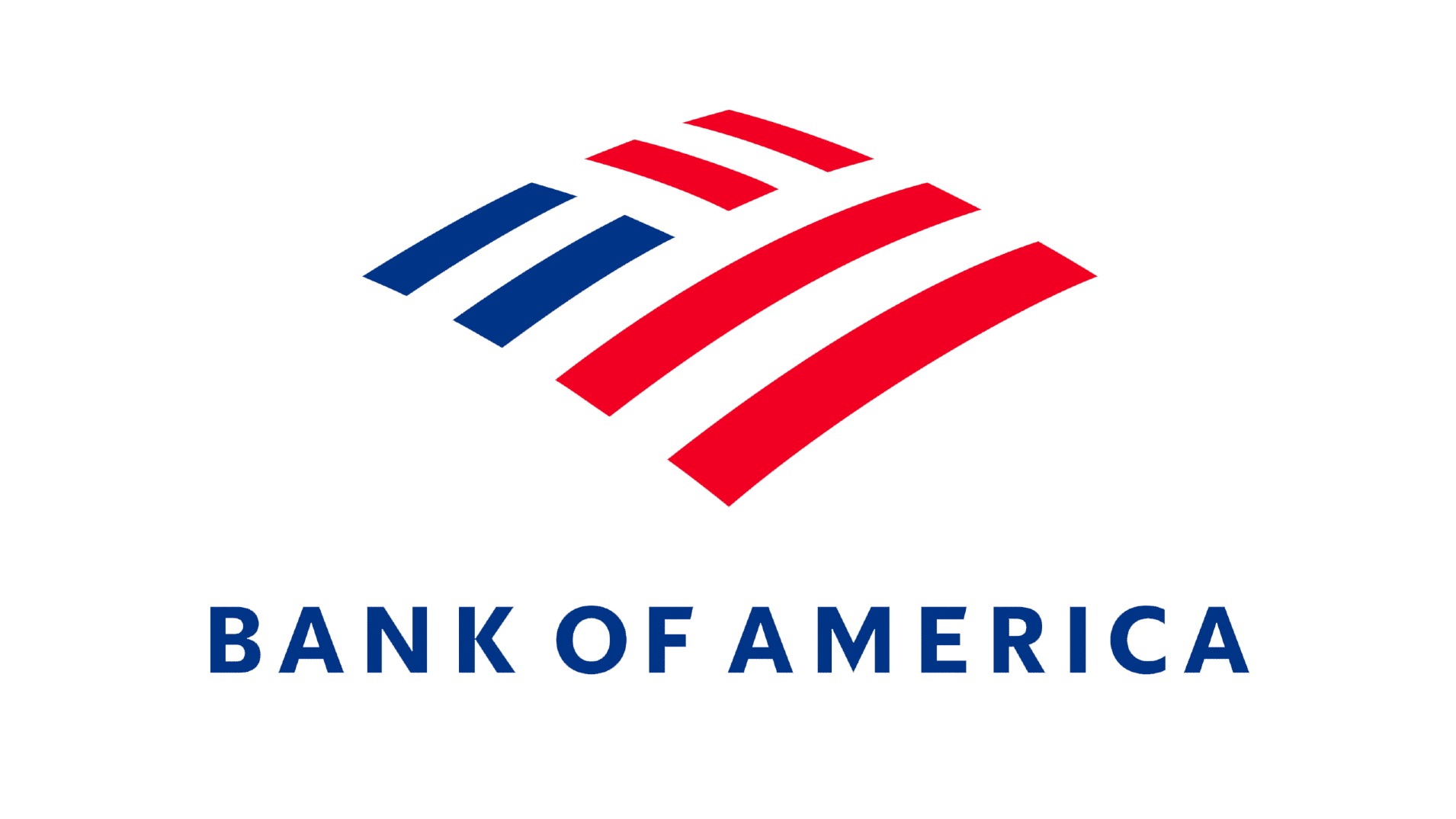Bank of America has revealed that 90 per cent of its 213,000 strong workforce are using an AI assistant to improve efficiency.
The bank first launched what it describes as the "first widely adopted AI-driven virtual assistant" in 2018 within its mobile app.
'Erica' was then expanded in 2020 for the organisation's employees, with the technology rapidly adopted during the pandemic by staff who needed help in areas such as mobile device password reset and device activation.
In 2023, the functionality was expanded to assist with additional topics such as where to review health benefits and locate payroll and tax forms.
The technology is now used by the vast majority of the company, with the virtual assistant reducing calls into the IT service desk by over 50 per cent.
The bank now plans to expand the assistant's capabilities this year to offer enhanced search and assistance across a broader set of topics – including answers to employee questions about the company's products and services – with plans to leverage both AI and generative AI (GenAI).
The bank also said that it has embedded AI and machine learning across its business lines and in a number of key areas, including global technology, operations, and training.
“AI is having a transformative effect on employee efficiency and operational excellence,” said Aditya Bhasin, chief technology & information officer, Bank of America. “Our use of AI at scale and around the world enables us to further enhance our capabilities, improve employee productivity and client service, and drive business growth.”
Software developers at the bank are also currently using a genAI-based tool to assist with code writing and optimisation, which it says has resulted in efficiency gains of over 20 per cent.
Its staff are additionally using AI to automate and standardise the creation of drafts of materials for meetings with Bank of America Business Banking and Global Commercial Banking clients.
As well as this, in the contact centre, employees have access to a modernised, AI-driven desktop tool which provides guided assistance, enabling team members to provide a "more personalised client experience, increase client satisfaction, and reduce call handling times."
An internally-developed genAI platform enables the Global Markets sales and trading team to search, summarise, and synthesise the bank's research and market commentary more quickly and efficiently.
Bank of America currently serves approximately 69 million consumer and small business clients with 3,700 retail financial centres, approximately 15,000 ATMs, and digital banking for around 58 million verified online users.
Latest News
-
BBVA to roll out ChatGPT across 120,000-strong global workforce
-
BIS collaborates with central banks to test post-quantum cryptography in payments
-
Mollie acquires GoCardless
-
Zilch secures FCA payments service licence
-
Starling Bank launches interactive tool to help couples improve relationship with money
-
Tandem Bank hires new CTO
Creating value together: Strategic partnerships in the age of GCCs
As Global Capability Centres reshape the financial services landscape, one question stands out: how do leading banks balance in-house innovation with strategic partnerships to drive real transformation?
Data trust in the AI era: Building customer confidence through responsible banking
In the second episode of FStech’s three-part video podcast series sponsored by HCLTech, Sudip Lahiri, Executive Vice President & Head of Financial Services for Europe & UKI at HCLTech examines the critical relationship between data trust, transparency, and responsible AI implementation in financial services.
Banking's GenAI evolution: Beyond the hype, building the future
In the first episode of a three-part video podcast series sponsored by HCLTech, Sudip Lahiri, Executive Vice President & Head of Financial Services for Europe & UKI at HCLTech explores how financial institutions can navigate the transformative potential of Generative AI while building lasting foundations for innovation.
Beyond compliance: Building unshakeable operational resilience in financial services
In today's rapidly evolving financial landscape, operational resilience has become a critical focus for institutions worldwide. As regulatory requirements grow more complex and cyber threats, particularly ransomware, become increasingly sophisticated, financial services providers must adapt and strengthen their defences. The intersection of compliance, technology, and security presents both challenges and opportunities.
© 2019 Perspective Publishing Privacy & Cookies















Recent Stories